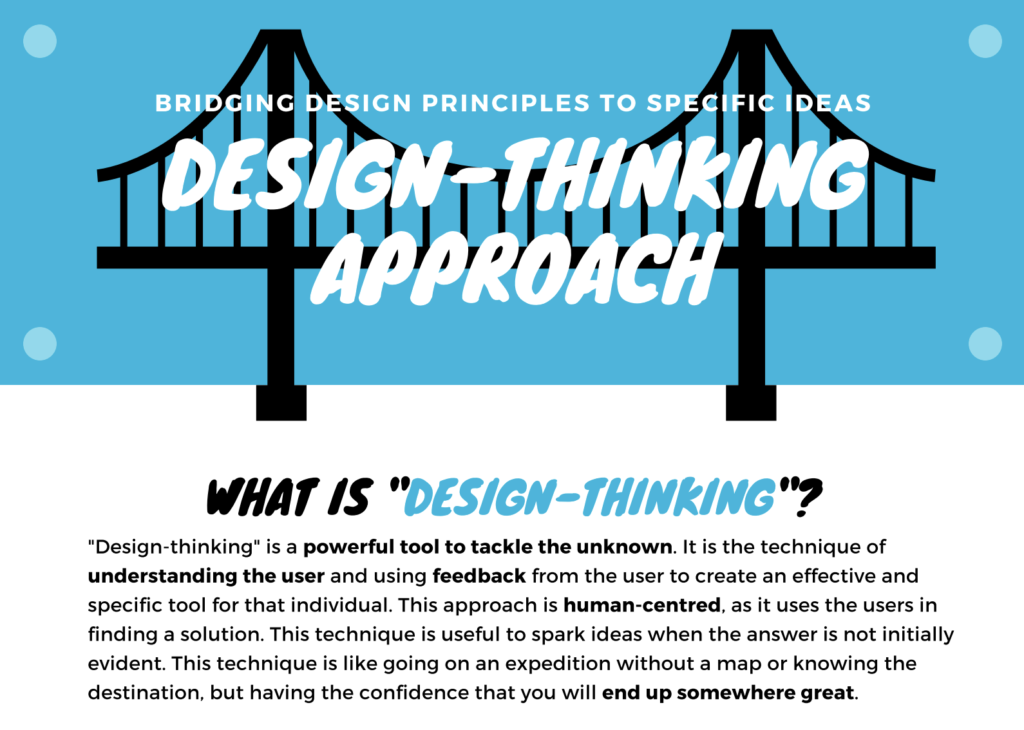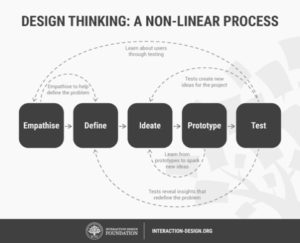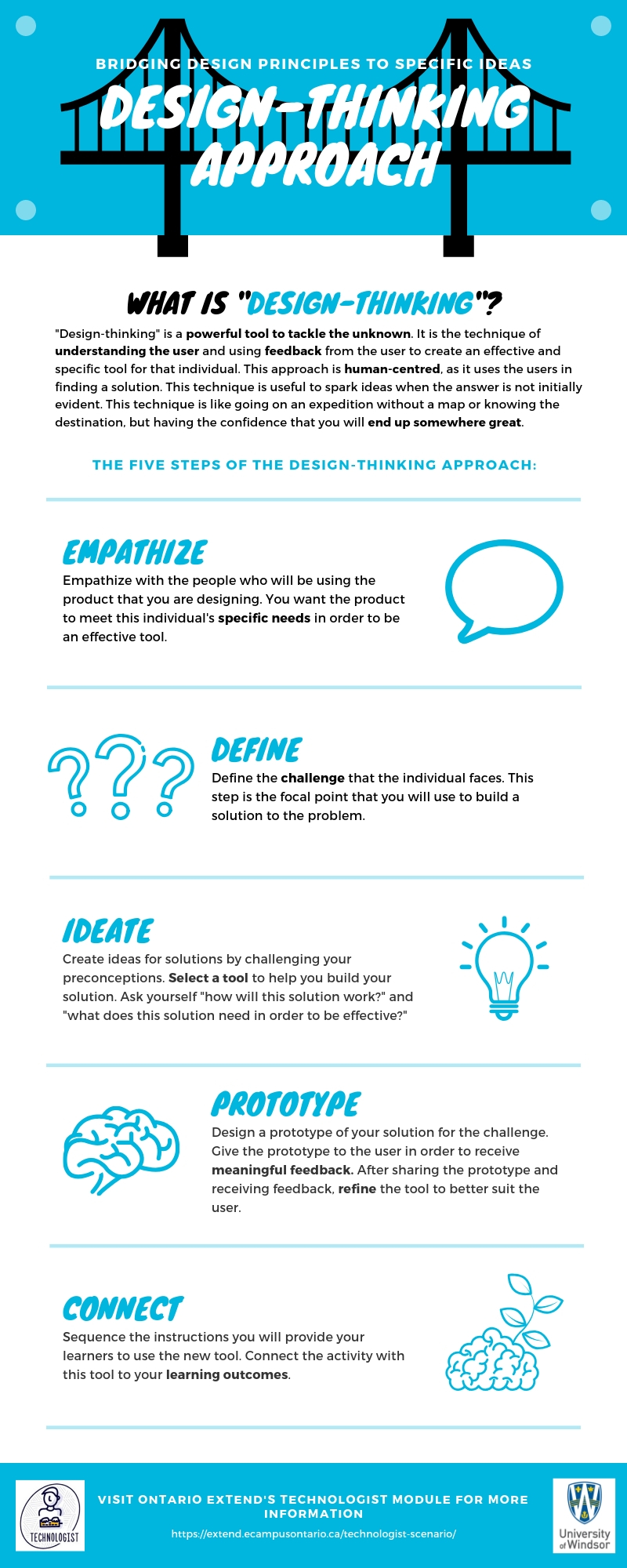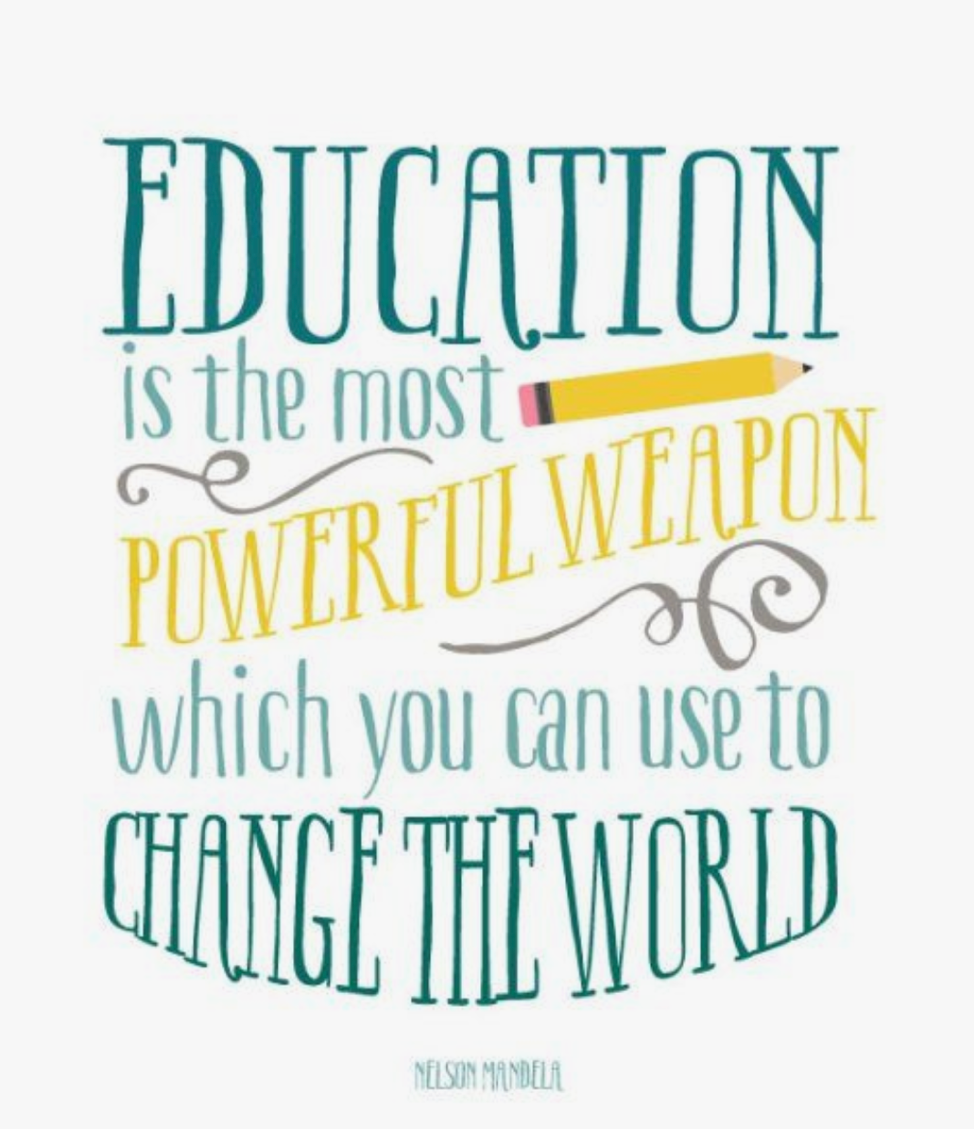For my final multimedia response (hip hip hooray!) I chose to create an infographic using Canva. On my infographic, Bridging Principles to Ideas (please click on the link to view the entire infographic), I represent the key points made in the Technologist Module from the Ontario Extend‘s website. Through this reflection, I chose to explore the design-thinking approach:

When I first read through the Technologist Module, my mind kept returning to the main concept in Five Moore Minute‘s video titled “The End of Average?! Disrupting the green of education.” Individuals and their learning abilities are not one-dimensional objects that can be measured like height. A huge error in our education system is that we have been trying to fit students into a standardized curriculum created for the mythical “average.” The video continues on to explain that it is the learning that should be made adjustable, and we need to look at the range of the learners instead of the average. In addition, the teachers should be the ones to teach the students to make the adjustments to better suit their learning.

I believe that this idea for creating a curriculum that fits all learners can be achieved through the design-thinking approach. First, the educator must empathize with their students and understand their learning needs. Next, the educator must determine the challenge that may be causing a problem for the students’ learning. It is important to note that the design-thinking method is a non-linear process (i.e. it will take a lot of design, sharing with the students, and refining in order to create an effective learning experience). As the article “What is Design Thinking and Why is it So Popular?” written by Rikkie Dam and Teo Siang explains:
“Design Thinking is often referred to as ‘outside the box thinking’, as designers are attempting to develop new ways of thinking that do not abide by the dominant or more common problem-solving methods – just like artists do.”
I believe that by creating such a curriculum and learning experience, education will be open for all. It will create equity for all students to learn the material, as not all students learn the exact same way. Teaching students autonomy skills and providing the tools for students so they can adapt their learning to best fit their needs is something I would love to incorporate in my teaching philosophy. Effective teaching requires collaboration and student feedback in order to provide effective learning for the students.
I believe that lesson differentiation should not solely be focused on gifted students. All students have unique needs that may cause challenges in their learning experiences. Therefore, I believe that differentiation can be achieved when educators teach students to adjust/chose the activities that meet those needs.



